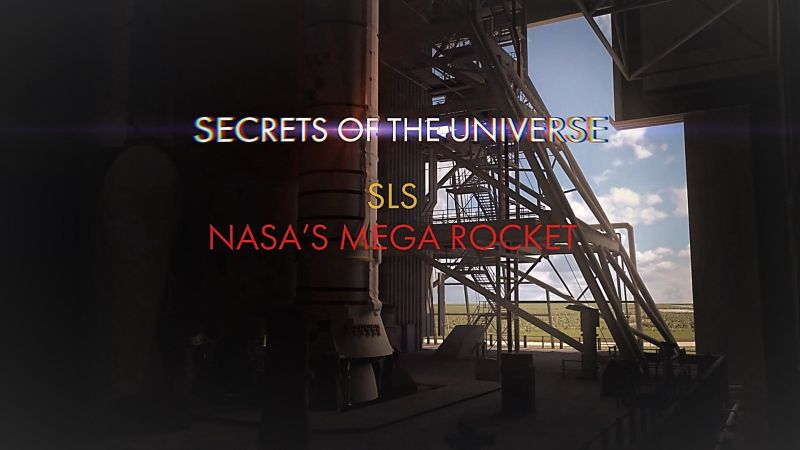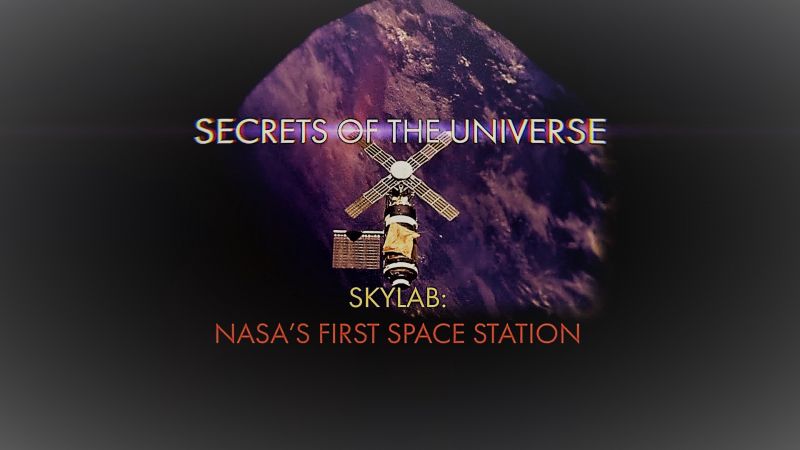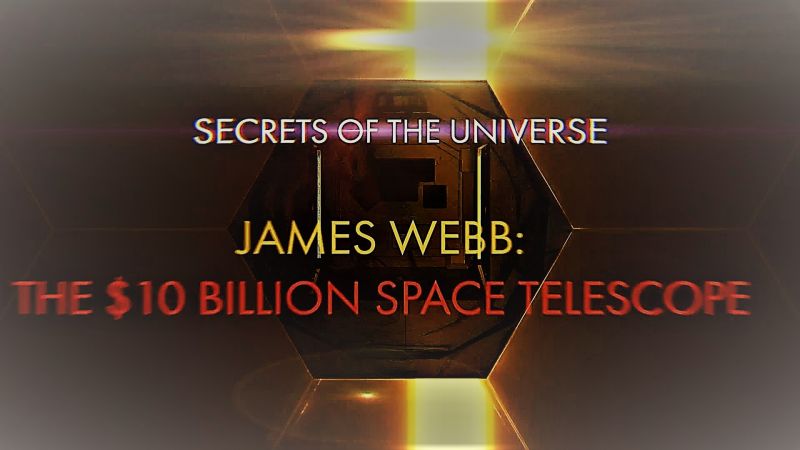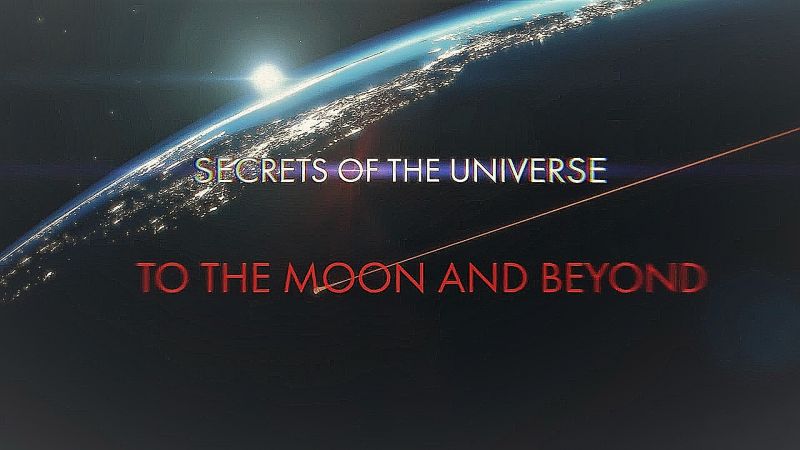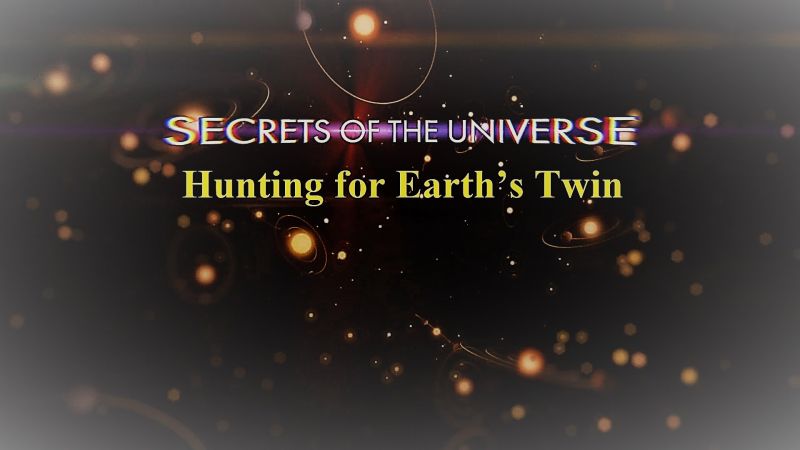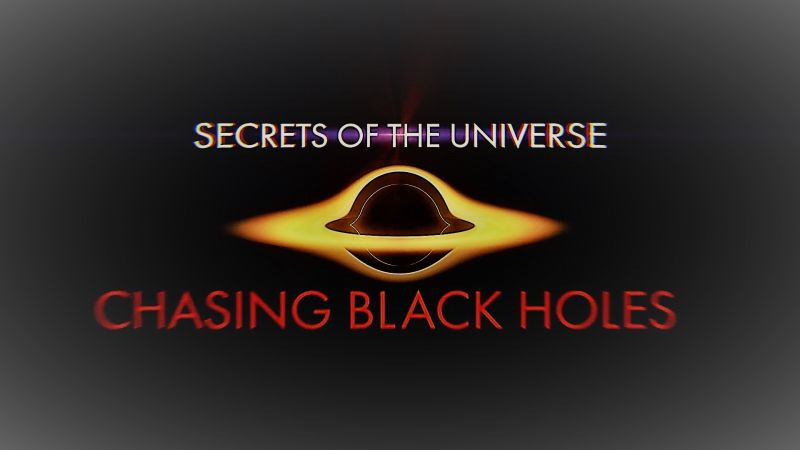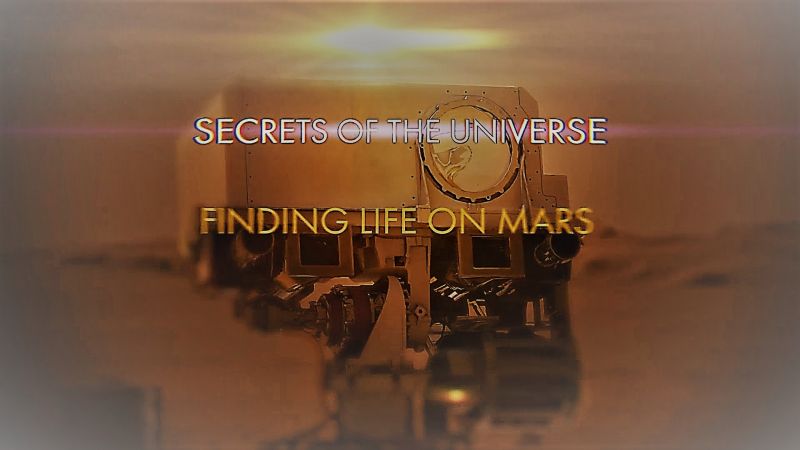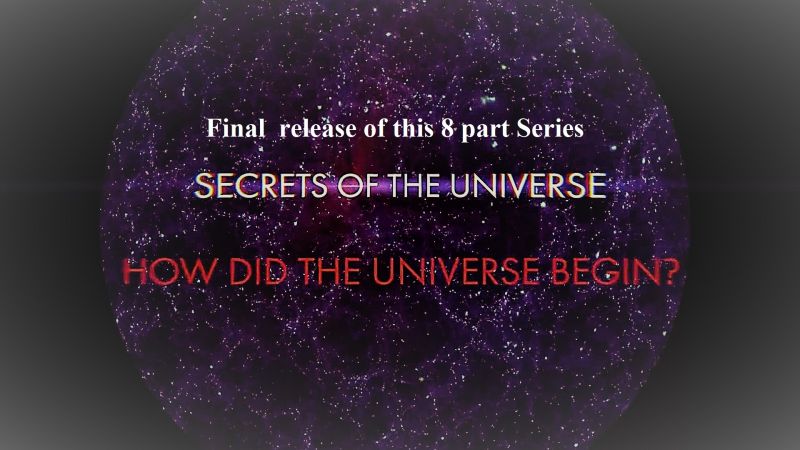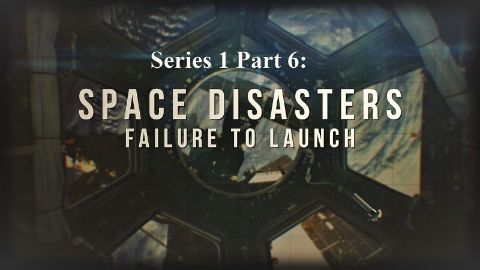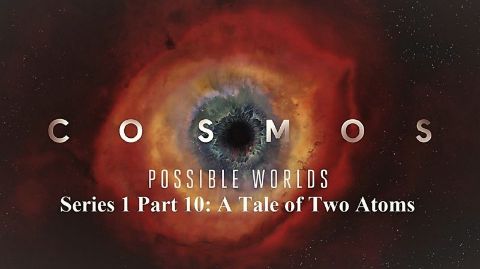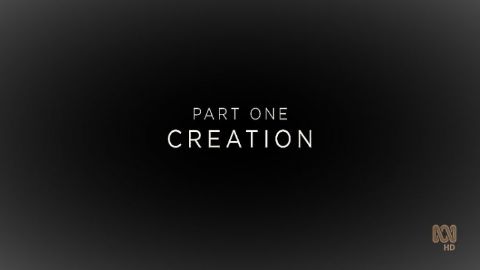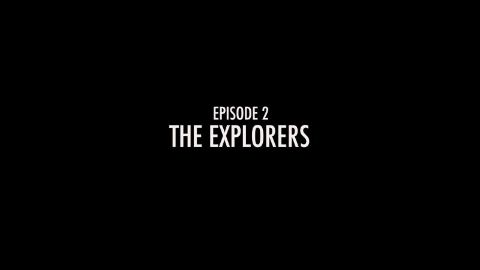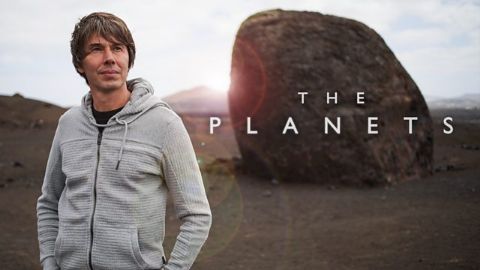James Webb the 10 Billion Space Telescope • 2022 • Secrets of the Universe (Curiosity)
This is the story of the James Webb Space Telescope, told by the people who have devoted their lives to it. It is the world’s largest, most advanced, and most expensive telescope, and building it has been fraught with challenges. But it will all be worth it if the December 2021 launch is successful.
Make a donation
Buy a brother a hot coffee? Or a cold beer?
Hope you're finding these documentaries fascinating and eye-opening. It's just me, working hard behind the scenes to bring you this enriching content.
Running and maintaining a website like this takes time and resources. That's why I'm reaching out to you. If you appreciate what I do and would like to support my efforts, would you consider "buying me a coffee"?
Donation addresses
BTC: bc1q8ldskxh4x9qnddhcrgcun8rtvddeldm2a07r2v
ETH: 0x5CCAAA1afc5c5D814129d99277dDb5A979672116
With your donation through , you can show your appreciation and help me keep this project going. Every contribution, no matter how small, makes a significant impact. It goes directly towards covering server costs.
